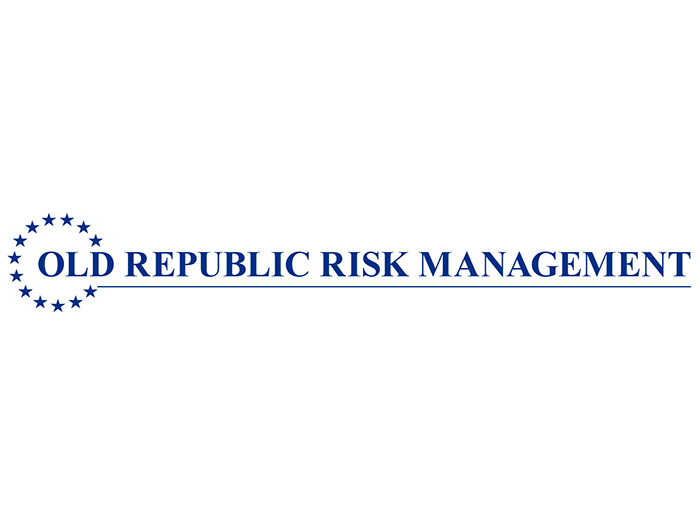Top Liability Exposures in Mental Health Care, and How Providers Can Reduce Their Risk

The pandemic put significant strain on the health care system, and some of its effects still linger today. In particular, the mental and behavioral health space has seen an influx of patients, increasing liability exposures for practitioners who are already under stress themselves.
“The pandemic piqued everyone’s stress levels. We know more people are going to be seeking behavioral health care services, and as in all other fields, the staff is struggling with retention and hiring. Burnout is absolutely an issue with mental health professionals, which increases the frailty of the system and the possibility that there will be mistakes. We have seen a lot of liability exposures related to suicide, abuse and negligent treatment in this space,” said Valerie Beatrice, CPCU, product specialist, Philadelphia Insurance.
Beatrice breaks down the nuances of these exposures — and what mental and behavioral health practitioners can do to mitigate their risk.
Top Liability Risks in Mental Health Care
One major change driven by the pandemic was the shift to telemedicine. Though it surged in popularity as a way to maintain social distancing, it has stuck around thanks to its convenience and cost-effectiveness. In some cases, however, virtual visits may inhibit quality of care.
“Knowing that the virtual service doesn’t provide that same sense of intimacy or connection as an in-person conversation — it could introduce a whole new set of challenges,” Beatrice said.
When visits are not face-to-face, practitioners like psychiatrists and psychologists may have a harder time establishing the rapport that is critical in understanding and appropriately treating a patient. Because the same level of privacy is also not as easily obtainable with a virtual visit, patients may not feel at liberty to speak freely. These factors can lead to insufficient or inappropriate treatment.
One of the most serious exposures related to telemedicine in the mental health space is the increased risk of suicide. Certainly, the treatment that any victim of suicide has received will be under scrutiny. If perhaps the patient was not prescribed the most effective medication or dosage, that oversight could invite medical malpractice claims.
Other forms of self-harm, abuse or any violent behavior can similarly lead to questions around the adequacy of treatment or appropriateness of the treatment setting.

Valerie Beatrice, CPCU, product specialist, Philadelphia Insurance
“In spaces of vulnerability, there is unfortunately opportunity for abuse. This could be physical or sexual abuse between a practitioner and a client, or even between clients in a group setting,” Beatrice said.
While this risk is not new, it may be more prevalent now that mental and behavioral practices are feeling a hiring and retention crunch, as most industries are.
“This exposure is heightened today given the pressure on staffing. There is a risk that background checks could be rushed, or policies not adhered to for the sake of keeping a practice staffed,” Beatrice said. “That increases the likelihood that abusers with a documented history could slip through the cracks.”
Finally, there are emerging risks associated with new therapies, such as ketamine or transcranial magnetic stimulation (TMS) — an FDA-approved therapy for depression.
“There are new treatments coming out that practitioners have had great success with, but they are still new,” Beatrice said. “As carriers, we need to evaluate the exposures carefully. One question is determining for whom these treatments are most appropriate and how any side effects are monitored and managed.”
Risk Mitigation Strategies
Even in the face of new trends, mental and behavioral health care providers can often rely on tried-and-true strategies to mitigate their liability exposure.
Regarding the risk of abuse, for example, incident prevention starts with strong guidance from leadership and top-down enforcement of incident response policies.
“It’s critical to drive a culture of preventing abuse and having the written policies and procedures in place so that the organization has a position on what would happen if there were an abuse incident,” Beatrice said.
Organizations can also rely on their carrier partners for risk management resources, such as training for practitioners around suicide and self-harm recognition and prevention.
“At Philadelphia Insurance, we have a partnership with Abuse Prevention Systems, where our policyholders can access free online abuse training annually. We also partner with the Suicide Prevention Resource Center (SPRC). It has an initiative called the Zero Suicide Academy, which aspires to zero suicides within an organization. It is based on the belief that suicide is preventable, and it equips behavioral health professionals with the knowledge to identify at-risk individuals and understand how to intervene,” Beatrice said.
The SPRC includes an online library of resources — including tools, fact sheets and reports — to keep providers informed. Other available resources include the CDC’s suicide prevention site, which provides a section on support for teens and young adults, and the National Institute of Mental Health’s (NIMH) website, which discusses signs and symptoms, risk factors and ongoing research.
When it comes to the realm of virtual medicine, Beatrice said, there is no substitute for in-person interactions, especially for an initial visit.
“I think if the patient has been properly evaluated for their eligibility for virtual services, then it makes sense. But in terms of underwriting, we certainly prefer to have the in-person evaluation first, followed by virtual services, just because of the nuances of the treatment that you do virtually,” she said.
Providers can also utilize CMS’s telehealth toolkit, which outlines appropriate uses for telehealth and provides tips for how to adapt virtual health services for the needs of different populations.
As the need for mental health care services increases, providers can both provide better care and protect themselves by being proactive and tapping into all these available resources. &










